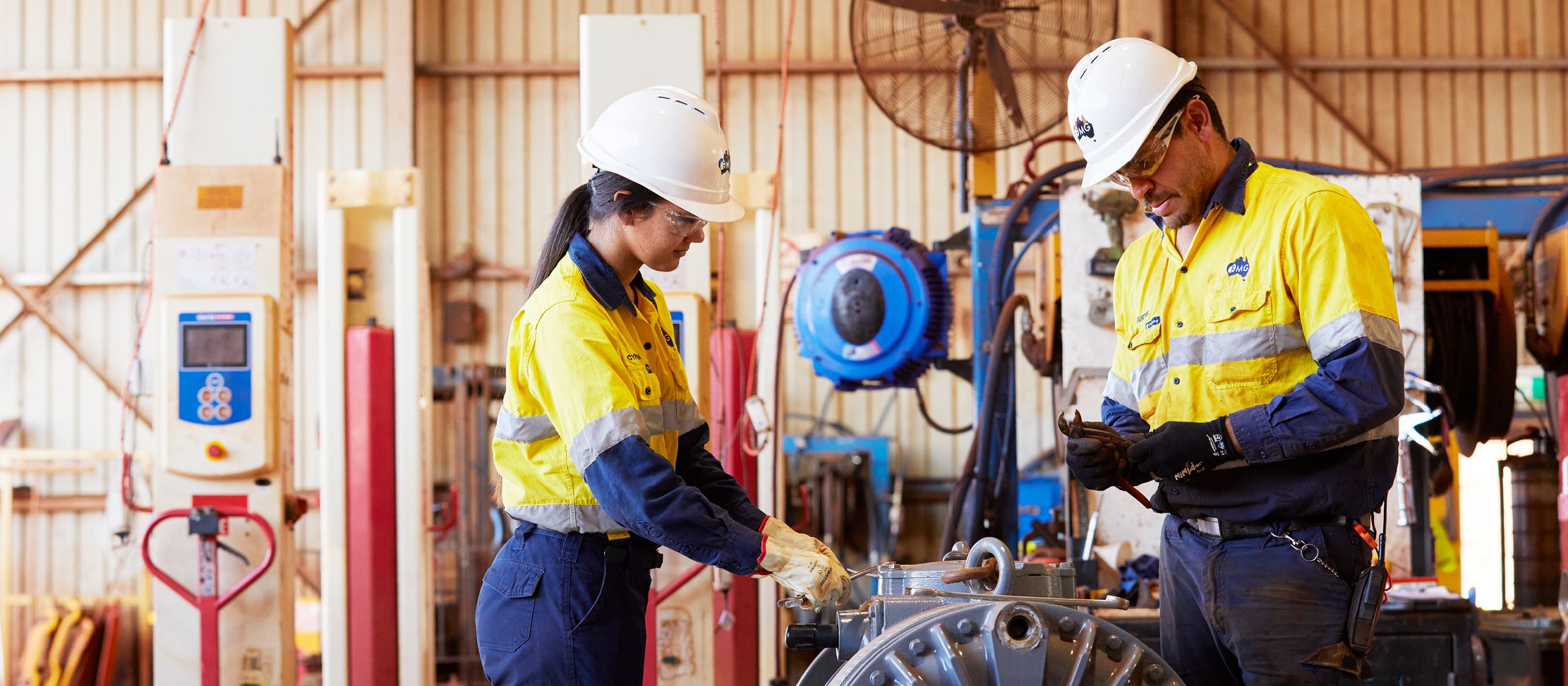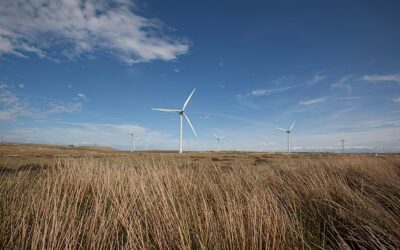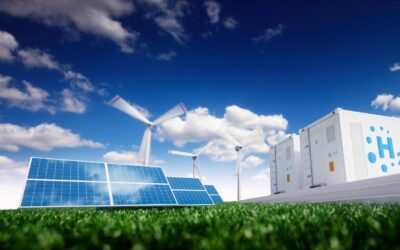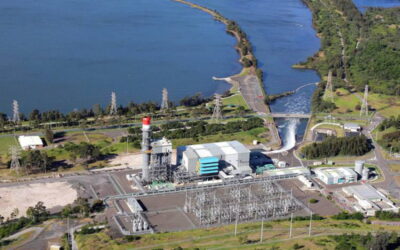Iron ore billionaire Andrew Forrest says his company, Fortescue Metals, hopes to be producing green hydrogen at commercial scale as early as 2023, and plans to use much of that hydrogen to make green steel in Australia.
He also announced the company would now aim to achieve carbon neutrality on its scope 1 and 2 emissions by 2030, bringing the target forward 10 years. Most of that would be done through absolute emissions reduction rather than the use of offsets.
Both targets will require a rapid upscale of Fortescue’s renewable capacity. The company has huge ambitions in this area, and says it has identified a 300 gigawatt pipeline of potential, including 40GW in the Pilbara, and hopes to build as much 1,000GW in the longer-term.
But so far few are up and running, with only the soon-to-be opened 60MW Chichester solar farm and a new 150MW solar project, both to help power its Pilbara mines, identified to date. Monday’s announcement contained no major new project announcements.
In a wide ranging call with media on Monday, Forrest called it “an historical day,” as he predicted many more large industrial players would follow Fortescue in embracing net-zero technologies.
Asked when Fortescue would start bringing green hydrogen to market in Australia, he said the company was currently working with governments to get the approvals needed and was “working hard towards” production by 2023.
While hydrogen has immense appeal as a carbon-free alternative to fossil fuels, doubt has been cast on its viability in some sectors, particularly against electrification, which is much more energy efficient.
A recent report from the International Council on Clean Transportation found that green electricity would prove significantly cheaper than hydrogen for heating homes in Europe, while Volkwagen chief Herbert Diess last week dismissed the idea the hydrogen fuel cells would ever compete with battery electric vehicles.
But Forrest said there would be a major role for green hydrogen and ammonia in industries such as heavy transport, including road, rail and shipping, as well as steel production. And he insisted demand would follow supply.
“We aim to provide the two missing links in the climate change battle – creating both the demand for and supply of green hydrogen and green ammonia,” he said.




